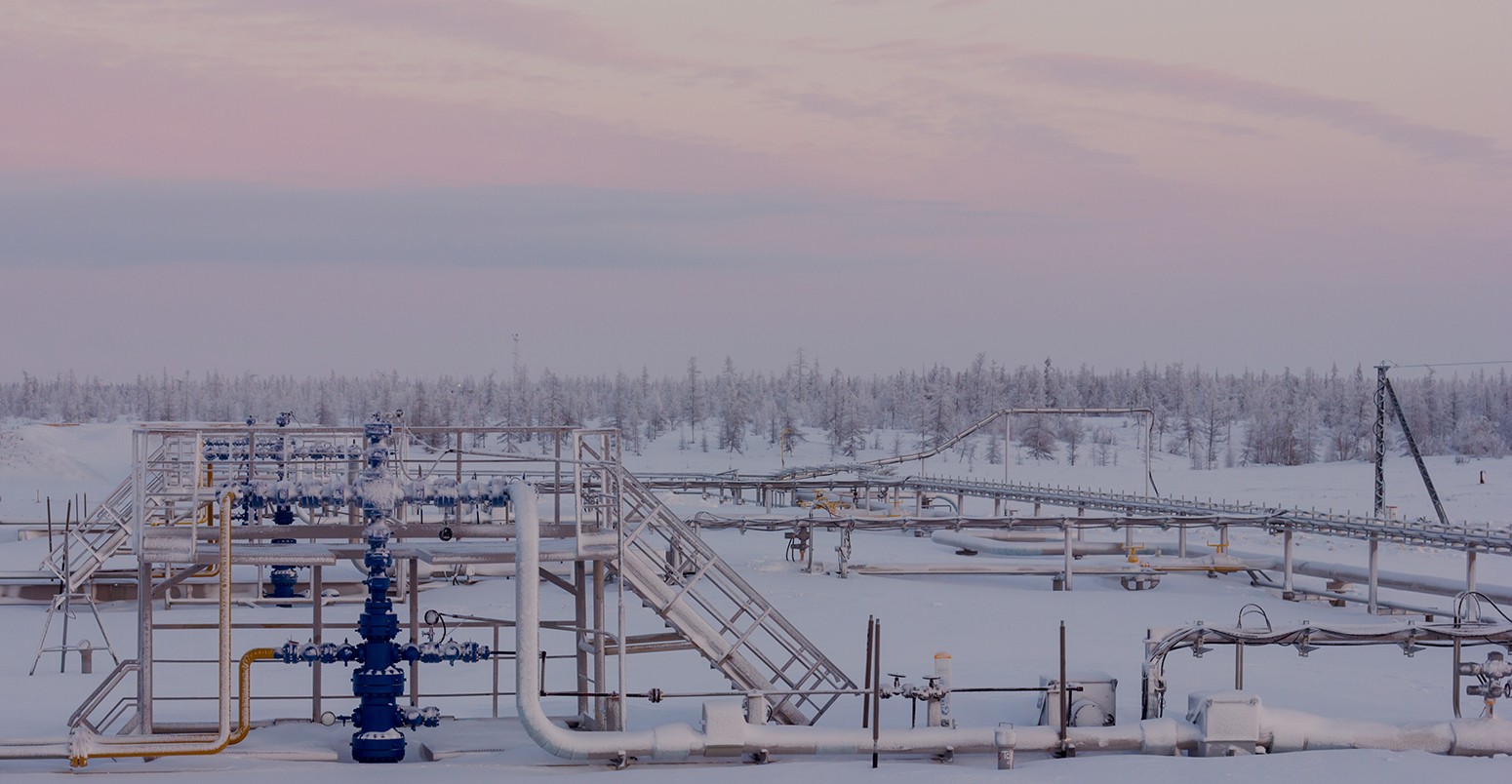
Can we use gas as a ‘bridging fuel’ to a low carbon world?
Christian Hunt
11.13.14Christian Hunt
13.11.2014 | 11:48amGas can be a bridge fuel, displacing coal and helping to reduce carbon emissions, a new report concludes. But only for the next twenty years, and only if the world sorts out carbon capture and storage (CCS) and sees a dramatic cut in coal use.
Limiting climate change means the world is eventually going to need to get energy from power sources that are essentially zero carbon. That means renewables, nuclear power, and perhaps CCS power plants. If CCS can be used in conjunction with burning wood, effectively drawing carbon out of the atmosphere, so much the better.
But in the short term, why not begin with an easier task and replace coal power with gas, saving carbon emissions in the process? Effectively using gas as a ‘bridge’ to a low carbon energy system.
The problem is it’s tricky to know exactly what a ‘gas bridge’ would look like. For instance, how much gas can the world burn, and for how long? A new report from the UK Energy Research Centre (UKERC) crunches some numbers to try and answer those questions, and offers some insight into exactly how gas could help the world bridge to a low carbon future.
Gas as a bridge fuel
It might seem odd that climate policy could lead to increased use of fossil fuels. But, say UKERC, putting a price on carbon would initially push gas use up, not down.
The UKERC report uses economic modelling to look at the effect of introducing a carbon tax on the world’s energy mix. As gas produces less carbon dioxide than burning coal, pricing carbon would make gas cheaper than coal, pushing gas use up at coal’s expense.
How gas use rises with various carbon prices: the black line is with no carbon tax, the yellow line corresponds with a two degree target, UKERC says.
So gas, supported by a carbon price, could deliver short-term carbon savings by replacing coal before CCS or renewables have the time to scale up.
In 2035, in the UKERC scenario which limits temperature rise to two degrees above pre-industrial levels, gas is used to produce a “significant amount” of energy. Gas is used to provide baseload power, and also to back up a large amount of solar generation.
If policymakers want the world to stay below two degrees, gas use has to shrink after about 2035, the UKERC modelling shows, to provide just ten per cent of electricity globally by 2050. That would mostly be as backup to renewables that, along with nuclear, provide most of the world’s energy.
So UKERC’s analysis suggests there is a role for gas as a ‘bridge’. But it’s a short one, and there are some caveats.
This only works if coal is replaced with low-carbon energy
In order for the idea of a gas bridge to work, coal use has to fall sharply.
This chart shows how energy use changes in UKERC’s two degree scenario. Gas use, in light green, increases substantially between now and 2035. At the same time, coal use, in green-brown, decreases dramatically.
It’s this decline in coal use that creates the emissions space to use gas as a bridge fuel. Up to 2020, gas does most of the work in taking over from coal. But after that, renewables, nuclear and biomass need to expand massively to substitute for coal, and gas use has to fall as well.
To see this even more clearly, look at the relative change in gas and coal use compared to business as usual in UKERC’s two degrees scenario:
Up to 2035 there is a small rise in gas use, but also a massive fall in coal use. Renewables, nuclear and biomass pick up the slack, and gas use goes into decline after 2035.
If coal use doesn’t shrink dramatically and immediately, then there’s no space for the emissions from new gas power. At that point the UK is just burning more fossil fuels, and that isn’t going to limit temperature rise.
Without CCS, the bridge is even shorter
All of the above analysis assumes that it’s possible to burn gas with carbon capture and storage technology.
This chart shows the relative change in gas use, compared with business as usual, with and without CCS:
If CCS is not available, staying below two degrees means gas use has to peak 10 years sooner in 2025, and decline sharply afterwards. So our gas bridge could be pretty short, given 2025 is ten years away. If you need a quick primer on the current state of carbon capture technology, our briefing may help.
As UKERC summarises:
“At the higher CO2 tax levels… commensurate with a 2 degree temperature rise, when CCS is not available gas is itself displaced from the electricity sector. The emissions from unabated generation and the associated cost penalty, mean that gas use in the electricity sector quickly ceases to be cost effective; the model instead relies on biomass and renewables.”
So what does this tell us?
UKERC’s report concludes that gas has a real but limited future in a world where policymakers limit temperature rise to two degrees. In the short-term, if gas displaces coal it’s a climate win. A carbon price would make that economically possible.
But after 2035, in this modelling, gas use needs to fall. So there is a gas bridge, but it’s not a particularly long one. And if carbon capture and storage isn’t developed on a large scale, the space left for gas is even smaller.
That might not sound like great news for gas companies. But of course, this is all in the context of limiting global warming to no more than two degrees.
Companies that deal in gas, such as Shell, have a very simple answer to this kind of analysis – it simply says it doesn’t believe it’s possible to stay below two degrees.

